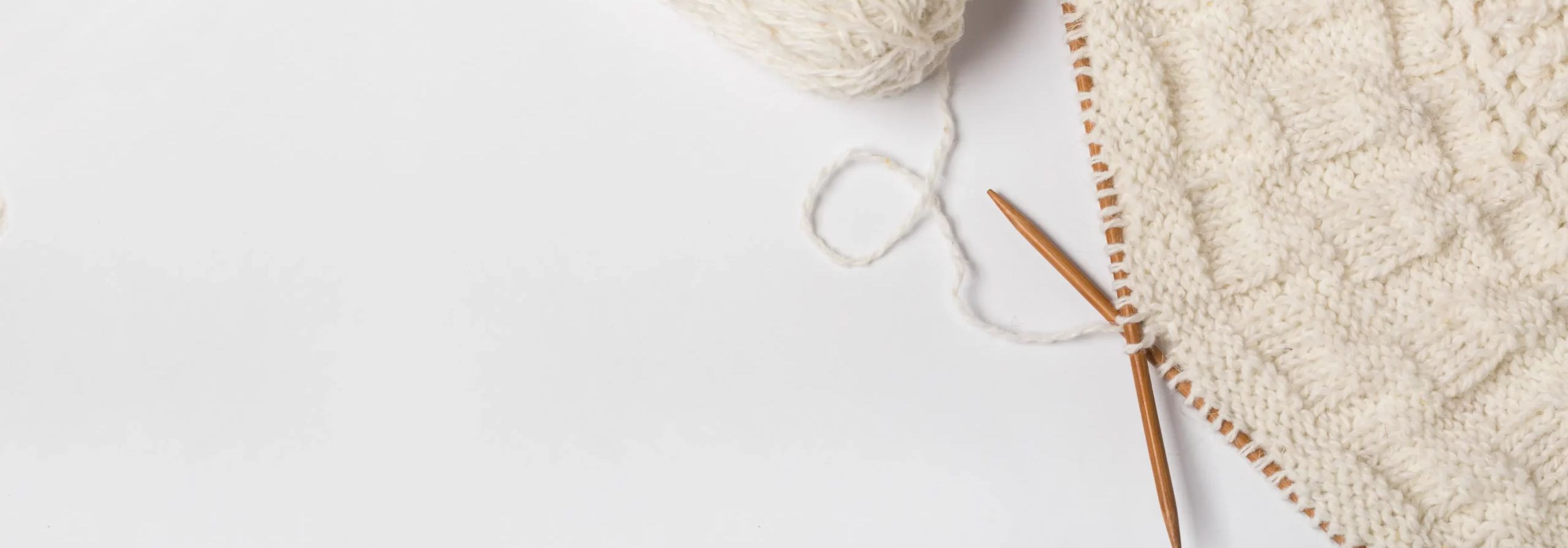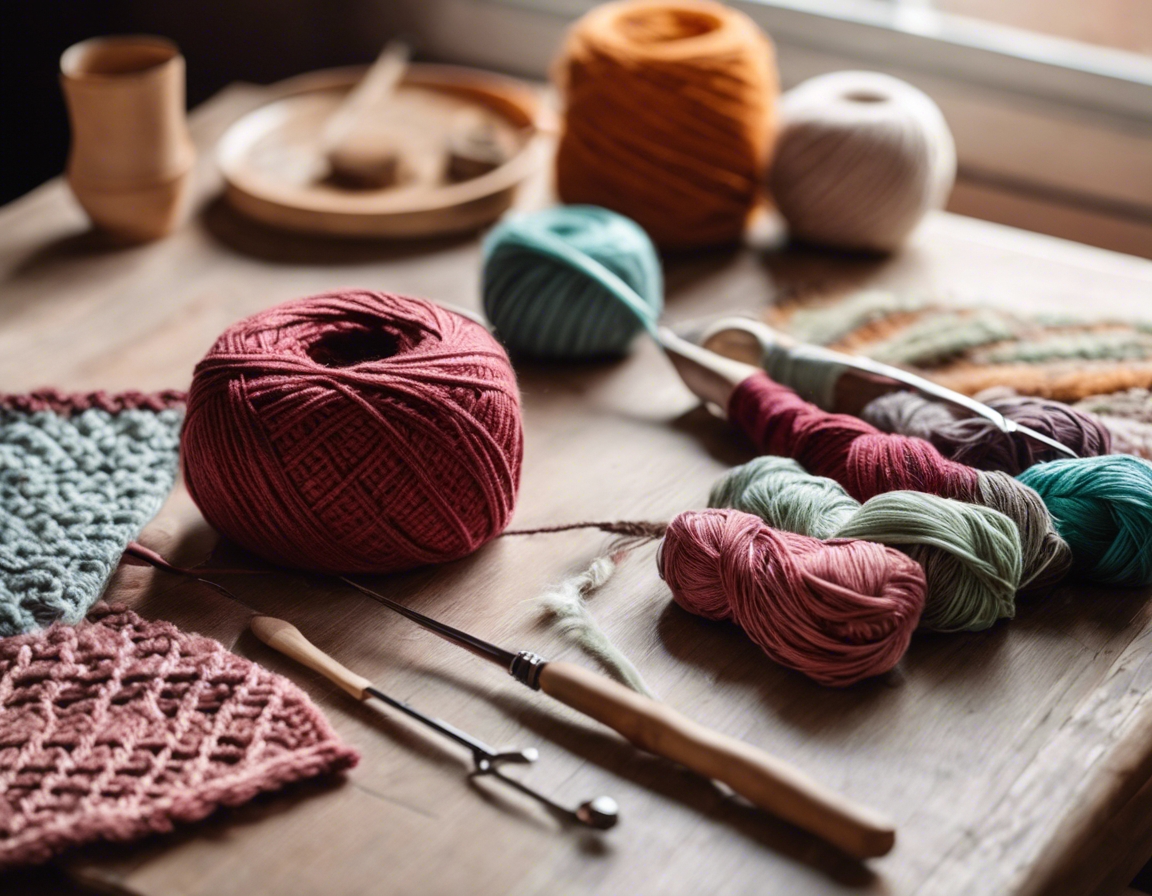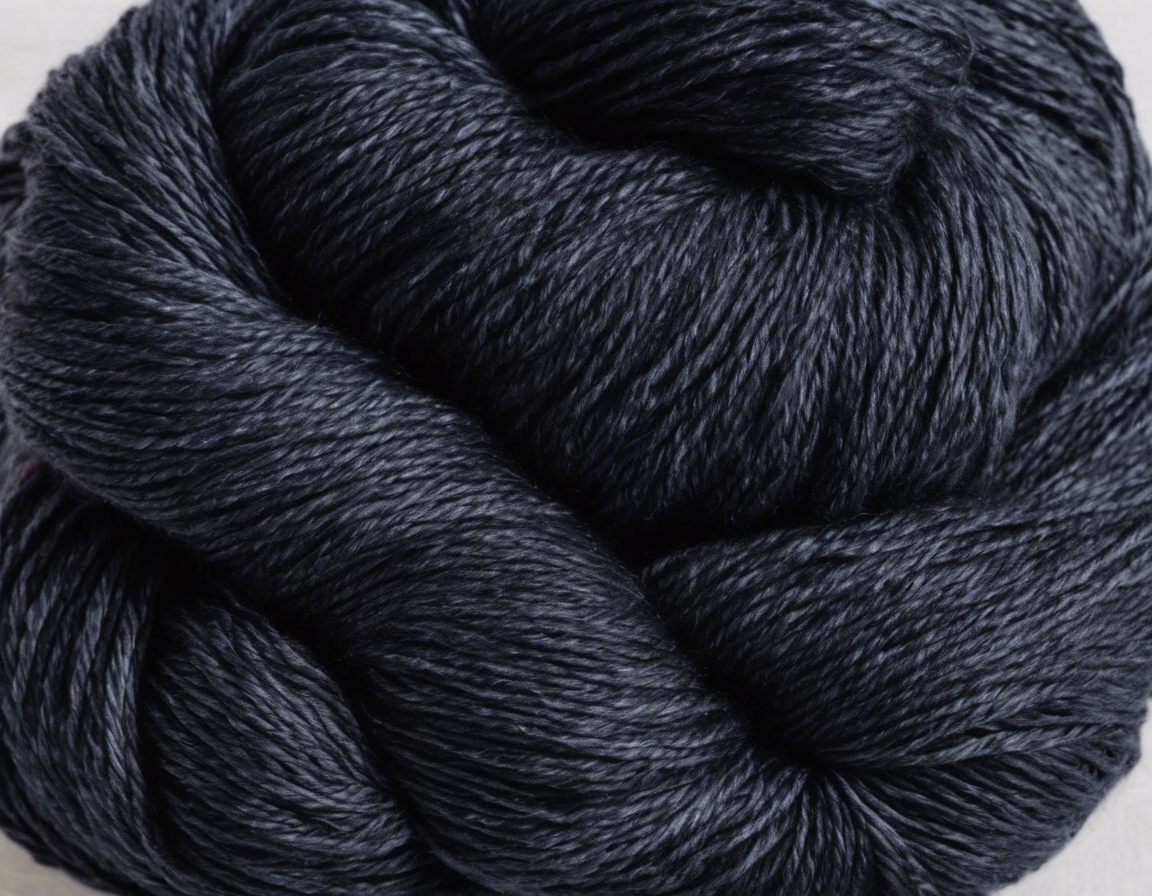The art of brazilian yarns: a closer look
The vibrant culture of Brazil is woven into the very fabric of its textiles, and yarns from this region are no exception. Brazilian yarns are renowned for their rich colors, diverse textures, and exceptional quality. Craft enthusiasts and professional artisans alike are drawn to these yarns for their ability to bring a touch of Brazilian flair to any project.
Brazilian yarns have a long-standing history rooted in the traditions of indigenous peoples and the influence of Portuguese colonization. The art of spinning and dyeing fibers is a cultural heritage that has been passed down through generations, with each region of Brazil contributing its unique twist to the craft.
What sets Brazilian yarns apart is their unique blend of natural fibers, often sourced locally and spun with care. The yarns are celebrated for their strength, elasticity, and the way they hold color, making them a favorite for projects that require durability and vibrancy.
The Making of Brazilian Yarns
The journey of Brazilian yarns begins with the careful selection of raw materials. Natural fibers such as cotton, wool, and silk are commonly used, with an increasing emphasis on sustainable and ethically sourced materials.
Spinning is both a science and an art form in Brazil. Artisans employ traditional methods to spin fibers into yarn, often using hand-operated equipment that allows for a high degree of control and customization.
Dyeing is where Brazilian yarns truly come to life. Artisans use a variety of techniques, including natural dyeing methods that utilize local plants and minerals, to create a spectrum of hues that are as vivid and diverse as Brazil itself.
Types of Brazilian Yarns
Natural fibers form the backbone of Brazilian yarns, with cotton, wool, and silk being the most prevalent. These fibers are prized for their breathability, softness, and the way they take to dyes.
To achieve specific textures and properties, Brazilian artisans often blend different fibers. These blended yarns offer the best of both worlds, combining the durability of synthetic fibers with the natural beauty of organic materials.
For those seeking something truly unique, Brazil offers a range of specialty yarns. These can include yarns with unusual blends, such as bamboo or banana fiber, or those that are hand-painted or variegated for a one-of-a-kind look.
Brazilian Yarns in Handicrafts
Brazilian yarns lend themselves to a wide array of handicrafts, from knitting and crocheting to weaving and macramé. The versatility of these yarns means they can be used in everything from clothing and accessories to home décor.
The use of Brazilian yarns in handicrafts goes beyond creating beautiful items; it is also a means of preserving cultural identity and supporting local economies. Artisans who work with these yarns are often part of a larger community that values tradition and sustainability.
Sustainability and Ethical Practices
As the demand for sustainable products grows, Brazilian yarn producers are increasingly adopting eco-friendly practices. This includes using organic materials, minimizing waste, and ensuring that production processes have a low environmental impact.
By choosing Brazilian yarns, crafters and businesses are not only getting a high-quality product but also contributing to the livelihood of local artisans. Many yarn producers are committed to fair trade practices and reinvesting in their communities.
Choosing the Right Brazilian Yarn for Your Project
When selecting a Brazilian yarn for your project, consider factors such as the intended use, the desired feel, and the longevity of the item you are creating. High-quality Brazilian yarns can ensure that your creations stand the test of time.
The array of colors and textures available in Brazilian yarns is staggering. From earthy neutrals to tropical brights, and from smooth cottons to textured wools, there is a Brazilian yarn to suit every aesthetic and project need.






Comments (0)